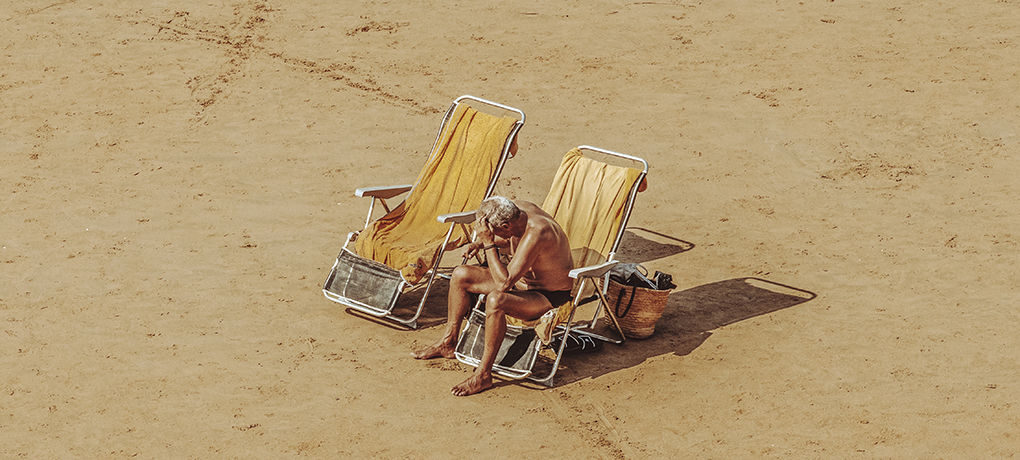POSTHOLIDAY POSTCARDS
November 2019
writer: Agata Mayer | images: Yosigo

Cut out like with a scalpel, extremely enlarged irregular facades set against holiday resorts and amusement parks, captured in the warm colours of golden caramel and roasted Belmont coffee, they are the
essence of Spanish post-modernism. The crowded beaches, open umbrellas, deckchairs and towels which look like dots on the sand, create tension between the abstract geometry of photography and realism.
Photographer José Javier Serrano who is known to the public as “Yosigo”and who comes from the mother country of Dalí, Picasso, Velázquez and Goya, proudly enters the Spanish photography arena that has been in the
lead lately, proving that the world may think of Spain as more than the mother country of the biggest painters.
He was born in the early 1980s in San Sebastián, the most picturesque Basque city referred to as the Pearl of the North, famous for one of the most
beautiful urban beaches in Europe and a flamboyant architectural style. In love with the local football team Real Sociedad, as a child he dreamed of
becoming a professional player. However, life led him to Gaudi’s Barcelona and graphic design. In free translation, „Yo sigo” means „I keep walking”,
„I continue”. José acquired this nickname from his father who wrote a poem for his son’s 24th birthday.
He discovered photography completely by accident and fell head over heels in love with it instantly. Experience accumulated in the graphic industry, over years spent in front of a screen, an acquired flair for composition coupled with spatial reasoning and a love of symmetry helped the Spanish photographer to master the extremely tasty technique of immortalising images and the unique aesthetics of retouching photos almost to perfection.
In inimitable style, Yosigo reveals various faces of architecture and urban landscapes, minimising the scene to a maximum. Owing to the intense orange light of the Mediterranean Sea basin, contrasting with the azure of the sky and pastel colours specially applied on the image, Yosigo’s photographs are reminders of carefree summers and never-ending holidays. He easily transposes concrete structures into eye-catching visual works, reminiscent of David Hockney’s cubist paintings from the 1960s and 70s, especially the ones from his famous swimming-pool series.
I have an impression that geometric compositions of simple structures, full of the infinite repeatability of surreal forms, a bit oneiric and referring to the architectural style of Ricardo Bofill, a Catalan visionary, with their subtly curling up balconies and terraces arranged at the right angle, tell their own, unique story.
I easily spot in Yosigo’s photographs a strong inspiration with Stephen Shore, one of pioneers of colour photography in the 1970s. Just like the legendary
American documentary photographer, Yosigo prefers naturalism. Deeply fascinated with the process of looking, a keen observer of ordinary, daily situations considered boring, predictable or most mundane, he frequently succumbs to random frame composition, introducing a fresh element to the topographic document. His series „Riu Avall”, evoking nostalgia and longing, is an interesting mixture of seemingly ordinary and prosaic still lives and portraits made on film.
The way in which “Yosigo” plays with symmetry, intensive colours, the arrangement of water, the sky and sand contrasting with sunbathers, only indicates the exceptional approach and a keen eye for detail which build up an intimate atmosphere captured in the form of a colour diary. For example, the series of photos „Animal Turista” or „Greetings From” are homage paid to the sea and the ocean which have always been at the centre of his life.
In a grotesque way, Yosigo” touches upon the drawbacks and threats accompanying mass tourism in the Mediterranean Sea basin, showing human nature during holiday relaxation. This is something very familiar to Poles. The photos show thousands of holidaymakers who turn into predators and own everything around them.
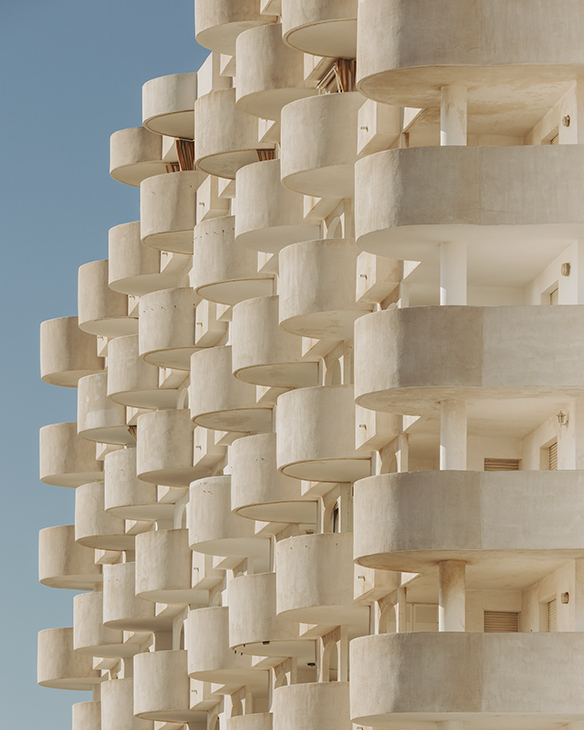
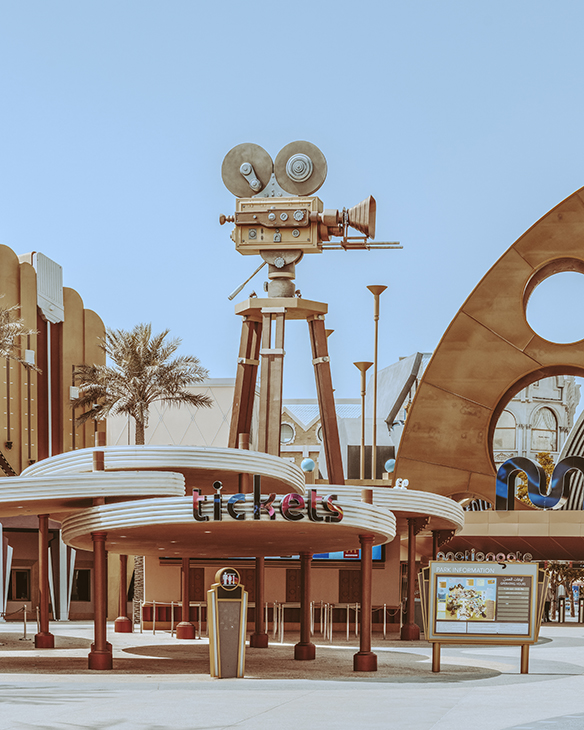
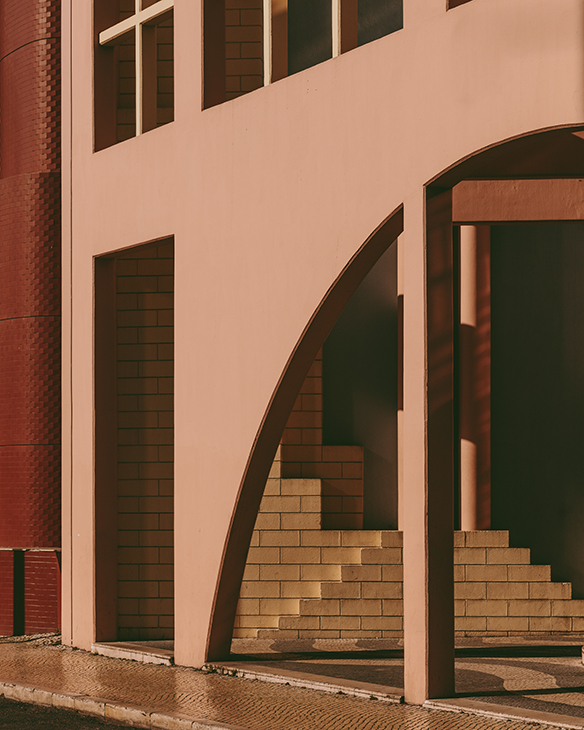
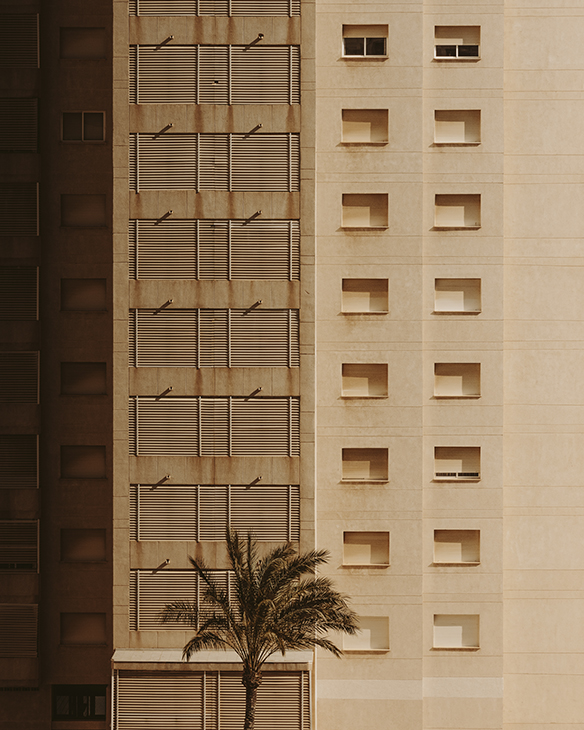
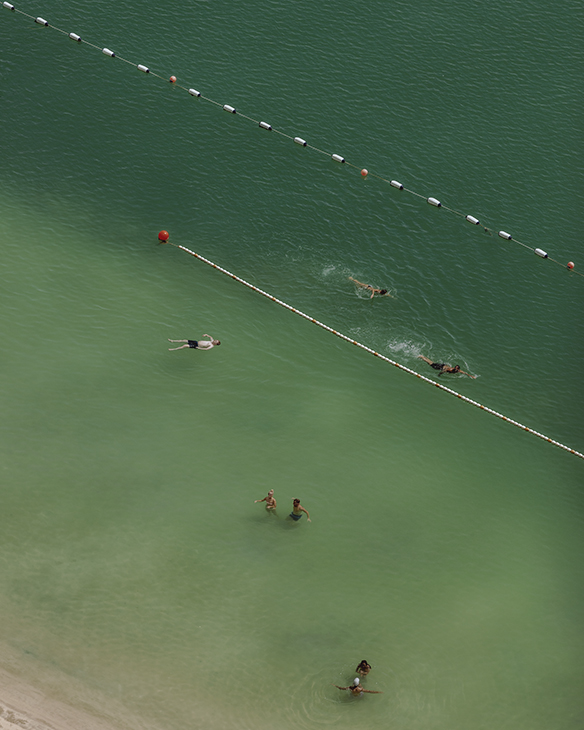
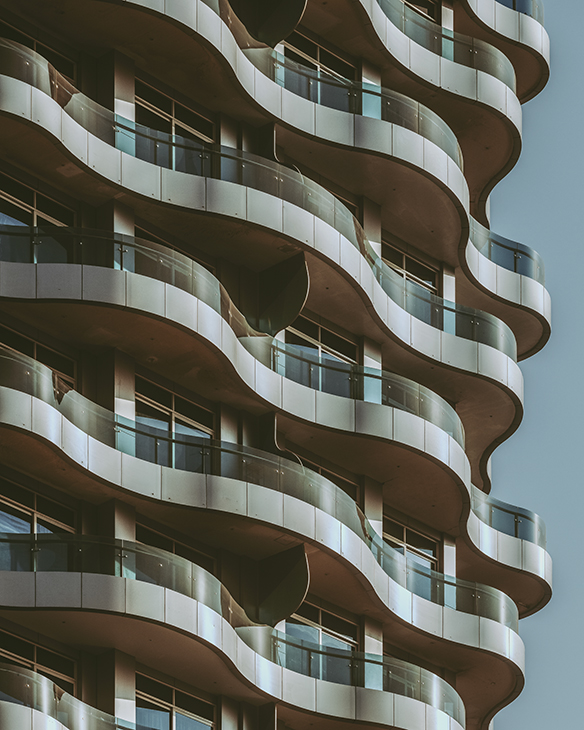
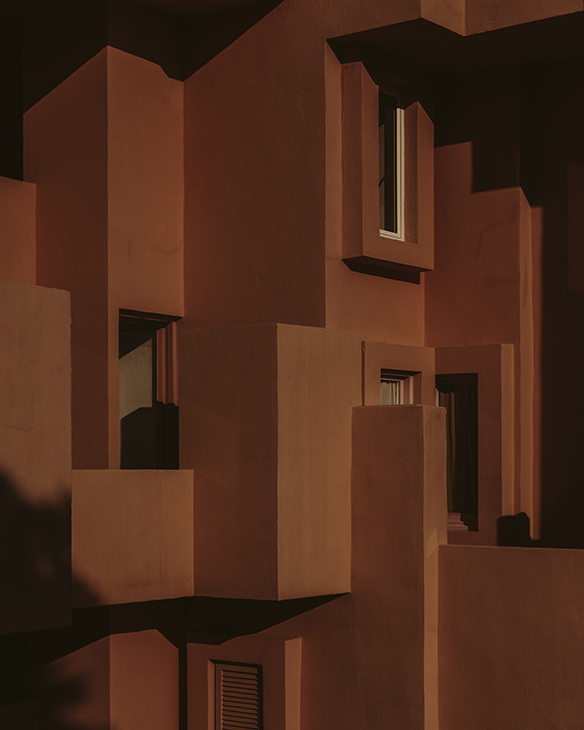
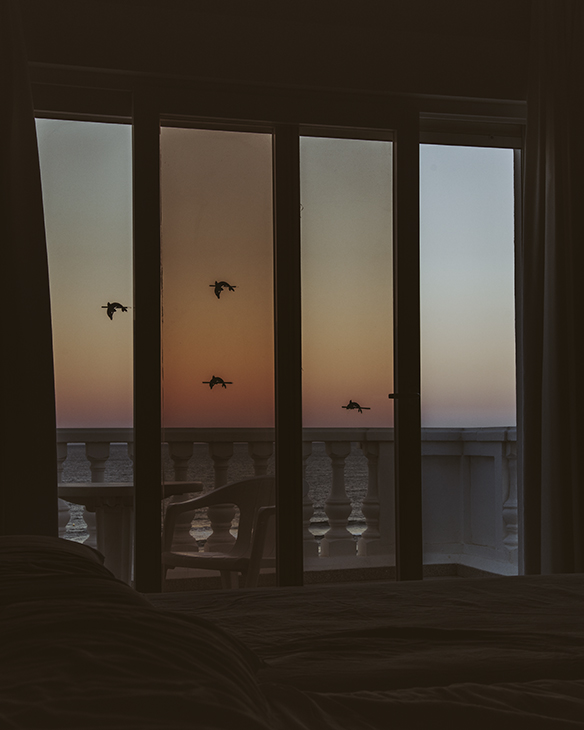
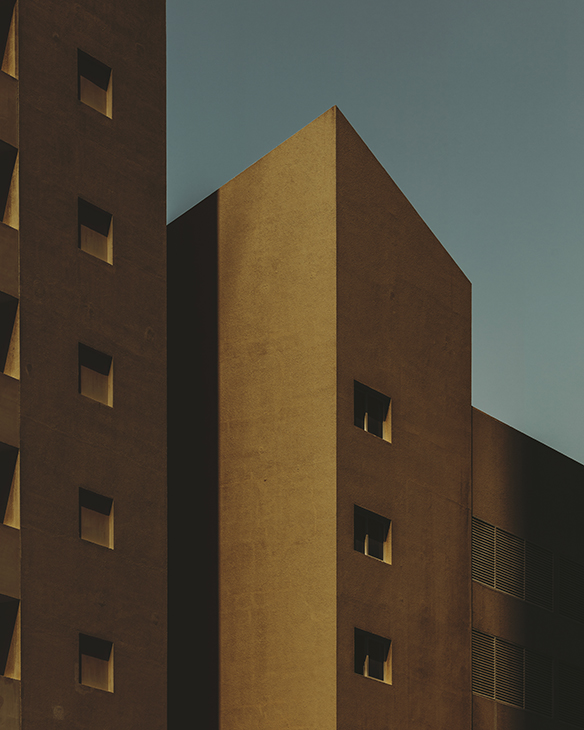
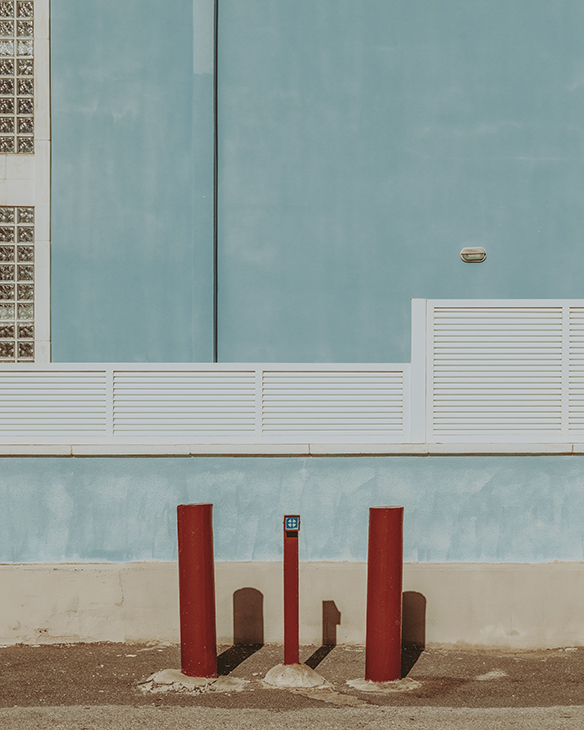
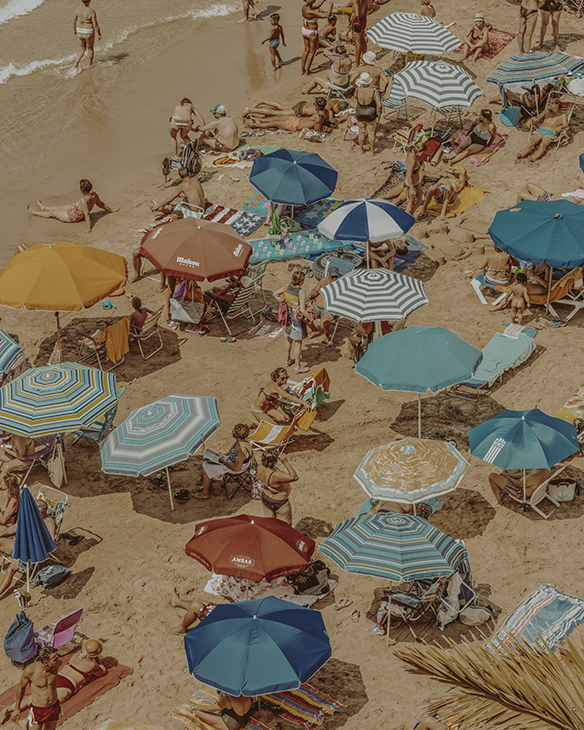
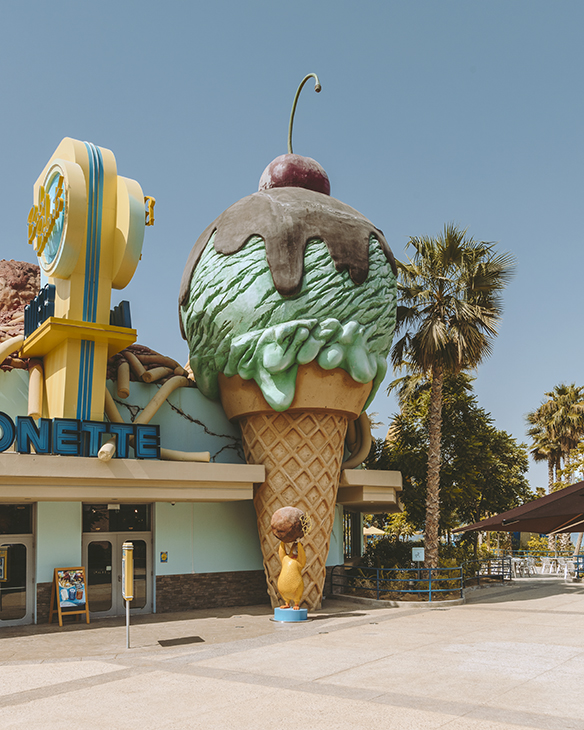
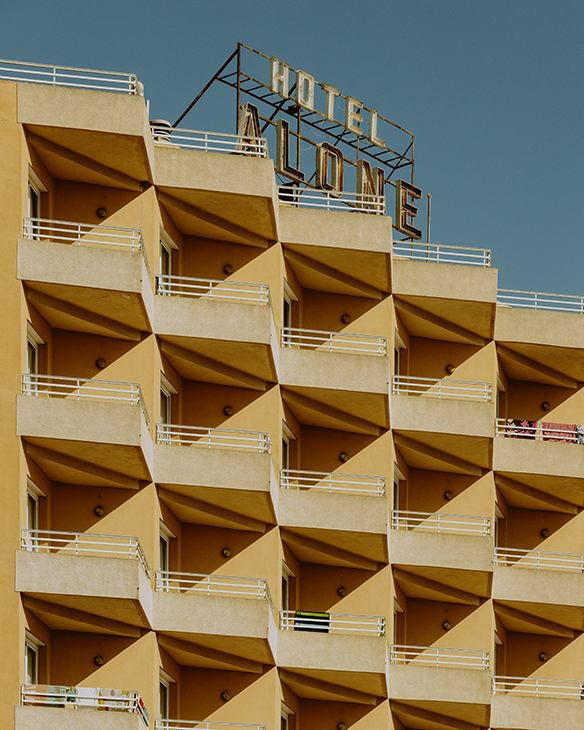
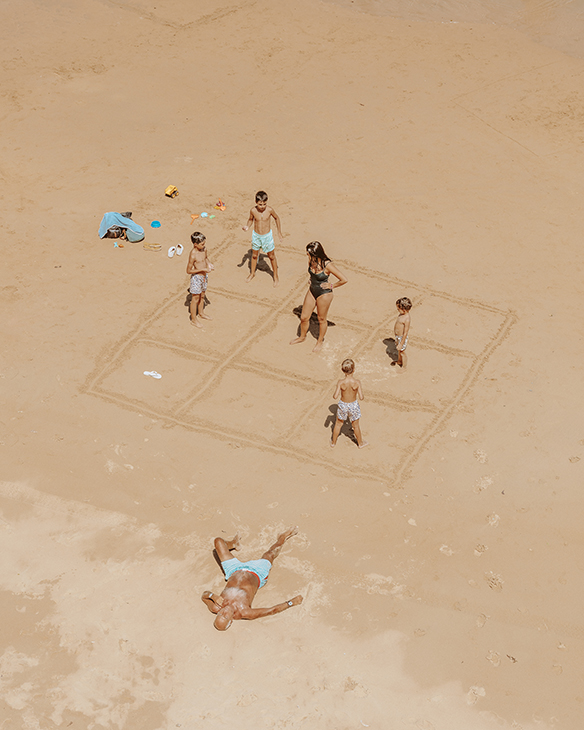
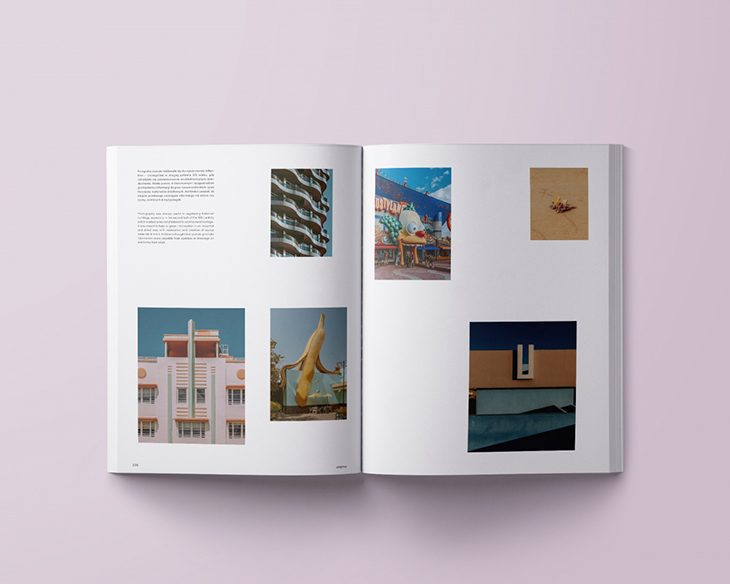
My article was published in the 38th issue of Label Magazine.
